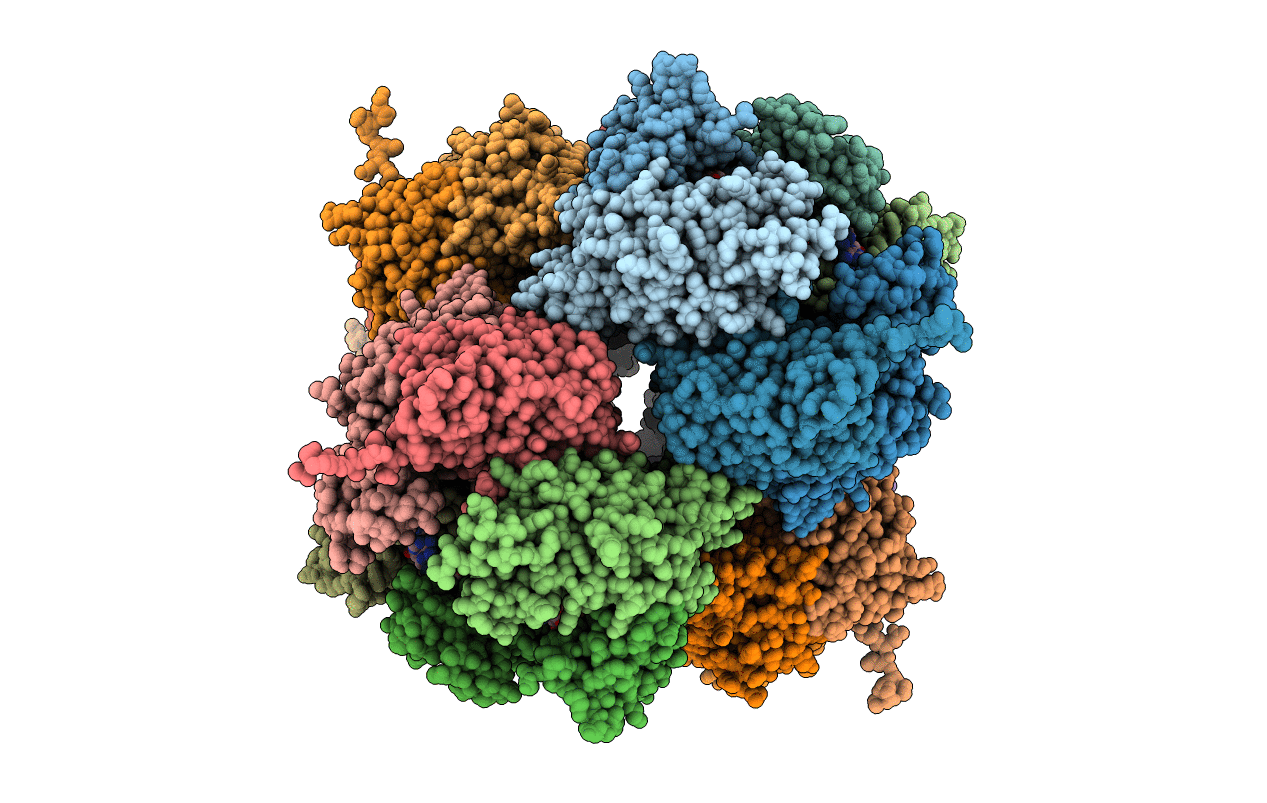
Deposition Date
2005-10-04
Release Date
2005-11-23
Last Version Date
2024-11-20
Entry Detail
PDB ID:
2C38
Keywords:
Title:
RNase PH core of the archaeal exosome in complex with A5 RNA
Biological Source:
Source Organism:
SULFOLOBUS SOLFATARICUS (Taxon ID: 2287)
Host Organism:
Method Details:
Experimental Method:
Resolution:
3.10 Å
R-Value Free:
0.28
R-Value Work:
0.27
R-Value Observed:
0.27
Space Group:
C 2 2 21


